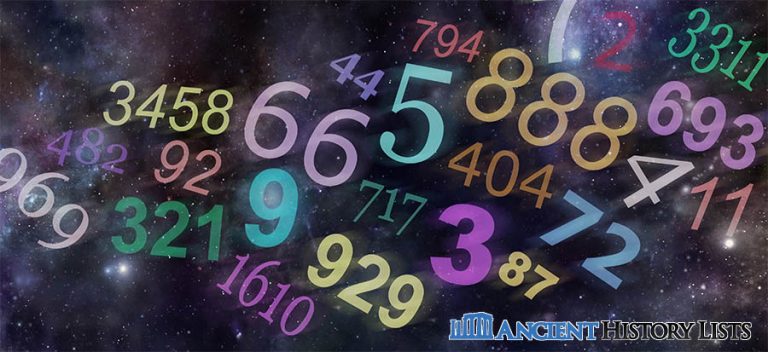

Antique sources that credit Pythagoras as the philosopher who first discovered music intervals also credit him as the inventor of the monochord, a straight rod on which a string and a movable bridge could be used to demonstrate the relationship of musical intervals. In ancient times Pythagoras was also noted for his discovery that music had mathematical foundations. Pythagoras had been credited with discovering that in a right-angled triangle the square of the hypotenuse is equal to the sum of the squares of the other two sides. Pythagoras was already well known in ancient times for the mathematical achievement of the Pythagorean theorem. The worship of Pythagoras continued in Italy and as a religious community Pythagoreans appear to have survived as part of, or deeply influenced, the Bacchic cults and Orphism.īust of Pythagoras, Musei Capitolini, Rome. Many of the surviving sources on Pythagoras originate with Aristotle and the philosophers of the Peripatetic school.Īs a philosophic tradition, Pythagoreanism was revived in the 1st century BC, giving rise to Neopythagoreanism. Pythagorean ideas exercised a marked influence on Plato and through him, on all of Western philosophy.

By about 400 BC the majority of Pythagorean philosophers had left Italy. The mathēmatikoi philosophers were absorbed into the Platonic school in the 4th century BC.įollowing political instability in Magna Graecia, some Pythagorean philosophers fled to mainland Greece while others regrouped in Rhegium. The akousmatikoi were superseded in the 4th century BC as a significant mendicant school of philosophy by the Cynics. Pythagoras' death and disputes about his teachings led to the development of two philosophical traditions within Pythagoreanism. Early Pythagorean communities spread throughout Magna Graecia. Pythagoras established the first Pythagorean community in the ancient Greek colony of Kroton, in modern Calabria (Italy). Pythagoreanism originated in the 6th century BC, based on and around the teachings and beliefs held by Pythagoras and his followers, the Pythagoreans. Thus, you have got a special number.In Raphael's fresco The School of Athens, Pythagoras is shown writing in a book as a young man presents him with a tablet showing a diagrammatic representation of music theory on a lyre above a drawing of the sacred tetractys. When reducing numbers, it is crucial to always keep in mind one important rule: if you have got a combination of numbers 11, 22, 13, 14, 16 or 19 at any of the steps, you do not need to continue the process of reduction. This method is based on the principle stating that all fundamental numbers are source elements that can express the whole diversity of numbers.įor instance, two consecutive additions turn number 88357 into 31, and then into single-digit number 4. This method of breaking down complex concepts into simple ones helps to reduce all numerical values to single-digit numbers from 1 to 9. To determine the meaning of numbers of any value, the method of addition (Numerological reduction) is used.

How is the Calculation of Numbers Performed in Numerology? Material personality, wisdom, confidence, compromise.Ĭommunicativeness, scale, universalism, diversity. The path of explorer, philosophical mind, self-analysis. Harmony, tranquility, romantic personality, family, hearth and home. Mobility, versatility, curiosity, constant urge to change places, sensation. Poise and balance, consistency, diligence, patience, good organization. Imagination, creativity lifestyle characteristic of a celebrity. Refinement, femininity, delicacy, flexibility, partnership. One means power, might, courage, bravery, resilience in life. Zero embodies absolute nothingness, absence of manifestation of any matter. Let us thoroughly consider each of them: The meaning of number 0
#PYTHAGOREAN NUMEROLOGY RIALTO FOR FREE#
Calculate your Numerological Chart for free What do Numbers from 1 to 9 Mean in Numerology?Īs we have mentioned before, each number in Numerology has a strictly defined “magical” meaning.


 0 kommentar(er)
0 kommentar(er)
